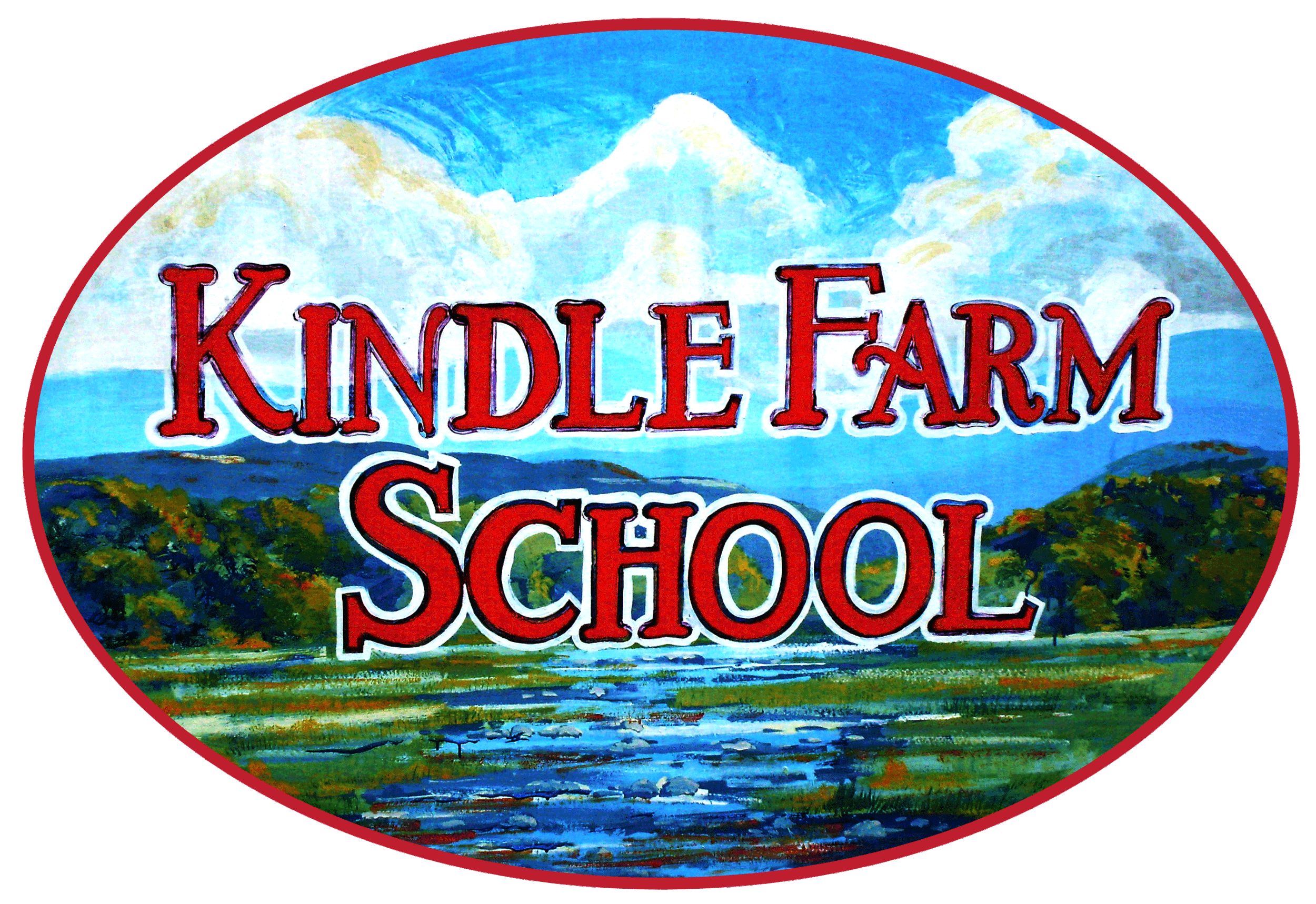Getting to Know Students (Otherwise known as Assessments)
Fall is a time of new beginnings. The start of the school year brings fresh possibilities and opportunities. At Kindle Farm, administrators, teachers and co-teachers welcome students that they may or may not know from previous school years, summer program or the community. Students arrive as themselves, which may be different from seasons past. They may be taller, they may have learned a new skill or they may have a new maturity about them. We try our best to let them know we see them, but also to allow for an openness that things could be different this year.
That is why we start much of our year with assessments. Seeing where a student is at in this moment, allows for better relationships, better teaching and better learning. It also allows for assumptions and labels that may not be helpful to fall away. Assessments can come in many forms, as we just discussed in a recent teacher meeting. The main categories are informal (comes with information about performance) and formal (comes with data). We strive to have a balance of both.
Our informal assessments start first thing in the morning. We greet a student with “Good morning.” And then ask ourselves Did the student respond in kind? Did they turn away and put their hood up? Did they utter something under their breath? We might try again or ask a new question like “Hey, have you had breakfast yet?” or “Anything going on this morning?” We are checking to see if they are on or off their baseline and what kind of support we might offer. As class begins, informal assessments continue. These range from a staff member asking a student to read an article or book together, to asking a student to share a strategy for a math problem, to reading over their science notes. All these interactions give us information about where the student is at and what our next moves are for the specific student, as well as the class as a whole. We are also gathering this information for report cards, behavior reports, IEP goal reporting, team meetings and more.
Our formal assessments are less frequent, but often just as powerful. We gather data for the same reasons as mentioned above but the data can give us a different kind of look at a student. When our program supervisors track a students’ time out of class and then graph that time, we can clearly identify improvements or times of real struggle and then problem solve with the team. When our Language Arts and literacy teachers use the Fountas and Pinnell standard scale for running records and log student evaluations on a spreadsheet over months and years, we can see how a students’ grade level in reading progresses, as well as when we need to try some different interventions. Formal assessments used at Kindle Farm include behavior data, running records, spelling inventories, quizzes, tests, projects with rubrics and more.
Within our academic classes as well as our afternoon activities, we look for authentic ways to know our students, strengthen our relationships and help us all grow stronger. Assessments are one way that we do this work. There are many other ways that Kindle Farm designs our programming that we are excited to share with you over the coming months!

